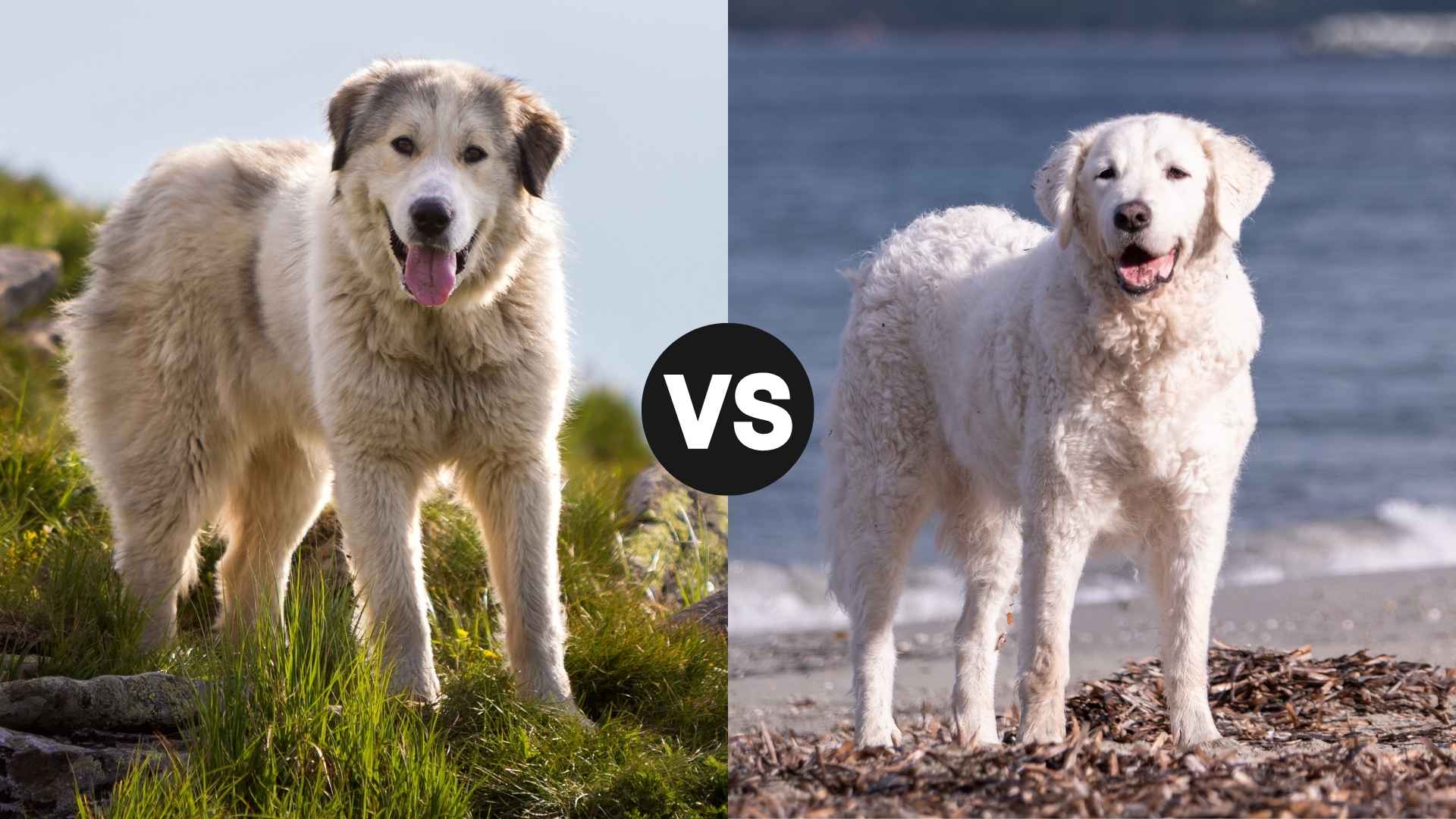The Kuvasz and the Great Pyrenees hail from mountainous regions where they historically were trusted to guard sheep and cattle against wolves, bears, and even human threats.
While they may look similar at first glance, large, white coated and strong-willed, each breed carries its own set of instincts, temperaments, and working styles that make them unique.
Both breeds require experienced handling, early socialization, and space to roam in order to thrive.
We will explore how these two impressive guardian breeds compare in terms of protection ability, temperament, trainability, and adaptability.
Whether you are a livestock owner or simply drawn to their calm strength and striking appearance, understanding the key differences between the Kuvasz and the Great Pyrenees will help you make an informed decision.
Great Pyrenees vs. Kuvasz: Which Guards Livestock Better?
When it comes to livestock protection, few dog breeds are as revered as the Great Pyrenees and the Kuvasz. Both are considered elite livestock guardian dog options. They are known for their loyalty, strength, and remarkable guarding instincts.
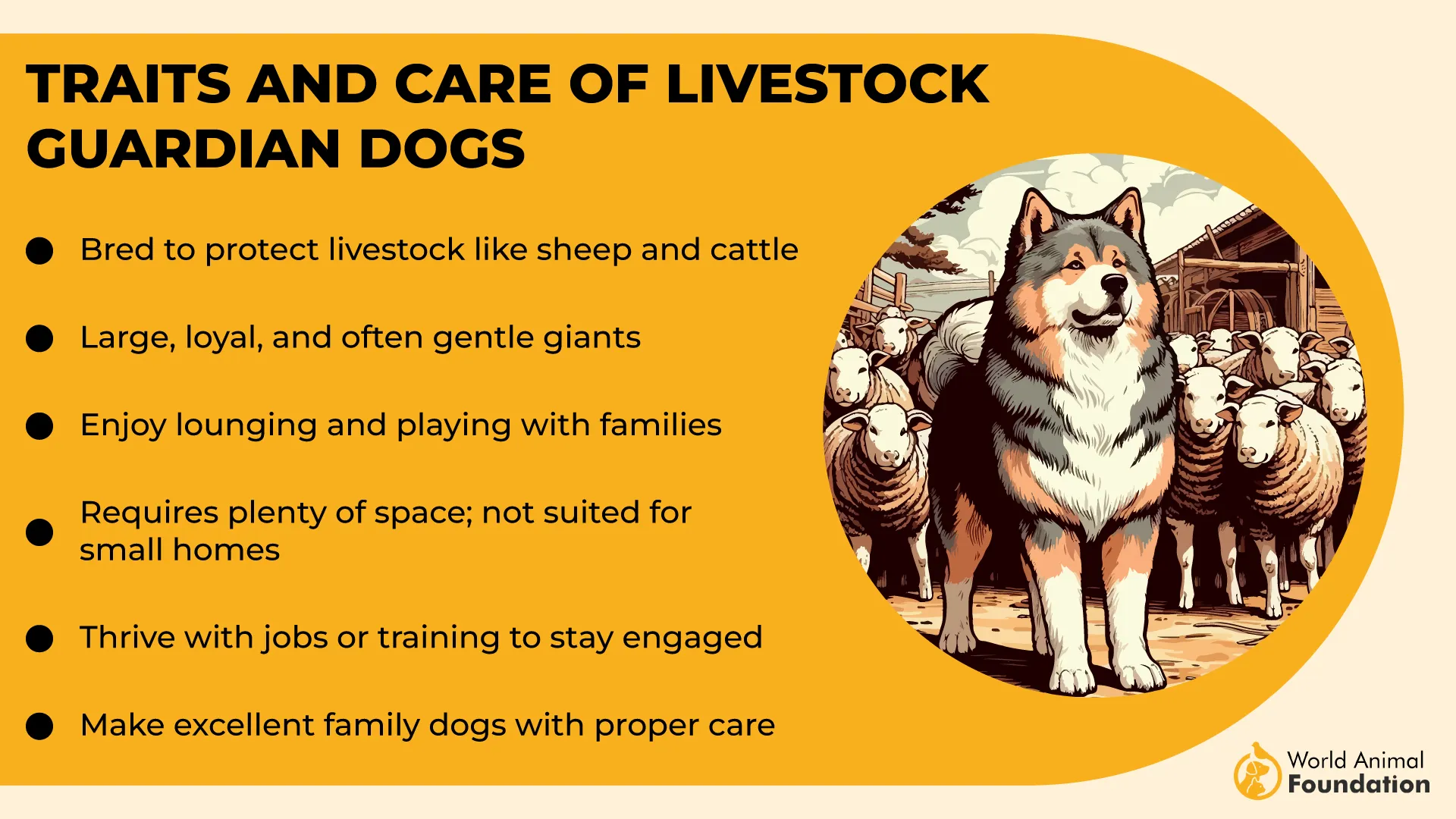
The Great Pyrenees is known for its calm and gentle nature around livestock. It prefers to blend in, acting as a silent protector and only intervenes when truly necessary.
This makes it well-suited for farms with mixed animals and young children.
Meanwhile, Kuvasz is more active and alert. Originating from Hungary, this breed tends to be more assertive and suspicious of strangers. Kuvasz are often more independent and take decisive action if they sense danger near the herd.
In general, the Great Pyrenees is better for passive guarding, and ideal if you want a watchdog. Kuvasz may be better for active guarding, especially in areas with frequent predator threats.
Size
The Kuvasz is an impressively built, large breed. Males typically stand 26 to 30 inches tall and weigh between 70 and 110 pounds, while females are slightly smaller, ranging from 82 to 100 pounds, as per CKC.

Their size reflects their historical role: to intimidate predators and stand as strong livestock guardian dogs.
The Great Pyrenees, another commanding guardian, is also a large dog. Males average 27 to 32 inches and can weigh 100 to 160 pounds.
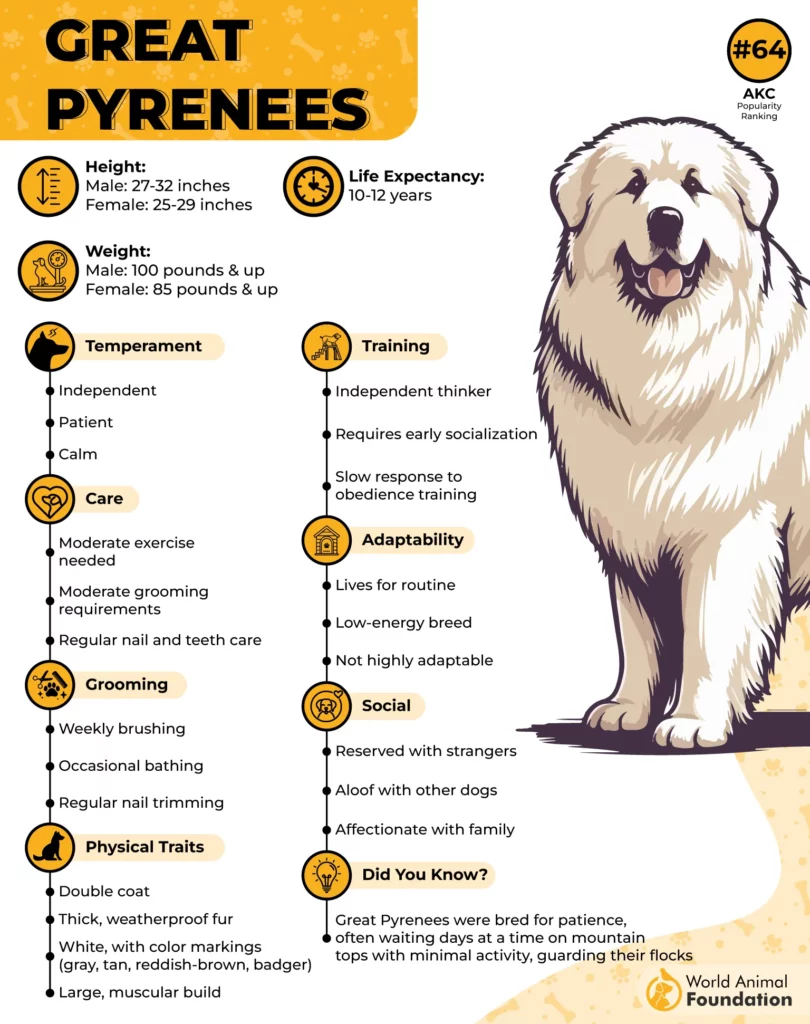
According to the Kennel Club, their robust appearance and solid bone structure help them excel as protective dogs. They are useful, especially when called upon to guard livestock in rugged terrain.
Energy Levels and Activity Needs
The Kuvasz is extremely energetic and alert; they need plenty of room to roam and a task to focus on. Originally bred by nomadic Magyars, they were specifically developed as livestock guardians in Hungary.
Today, Kuvasz owners know their dogs thrive on regular exercise and mental stimulation, particularly through agility and obedience work.
The Great Pyrenees, while still active, takes a calmer approach, according to Orvis. These working dogs conserve energy for moments of need, often staying calm until a threat arises.
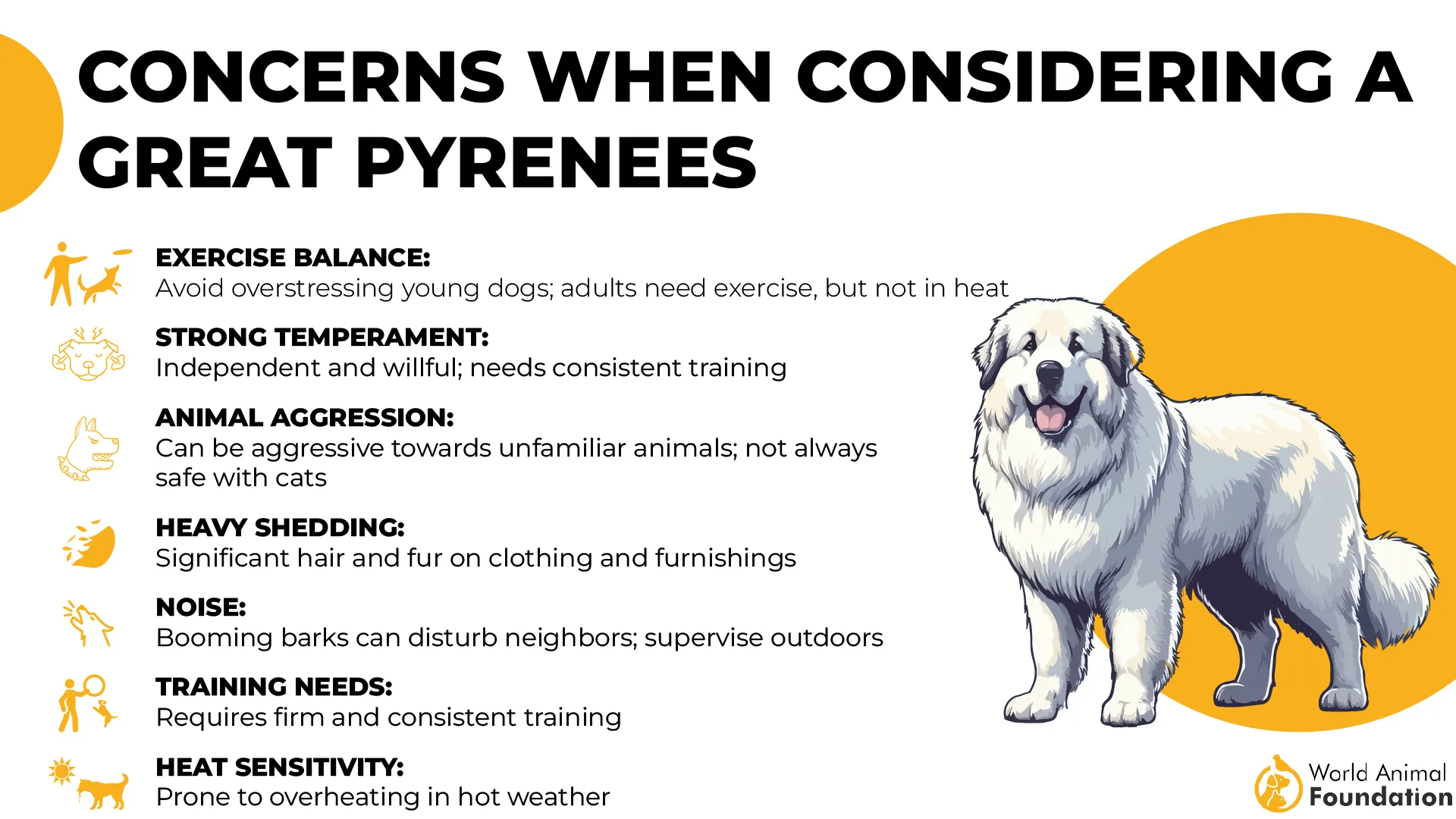
A confident owner will recognize their laid-back nature. They should ensure that their dog still receives regular exercise, particularly in harsh weather, which they tolerate well.
Coat Type and Grooming Requirements
The Kuvasz features a stunning, thick double coat that repels dirt and moisture. According to the American Kennel Club, these white dogs require regular grooming, about two to three times a week, to manage shedding and prevent mats.
Though not high maintenance, their thick coats benefit from brushing to stay healthy.
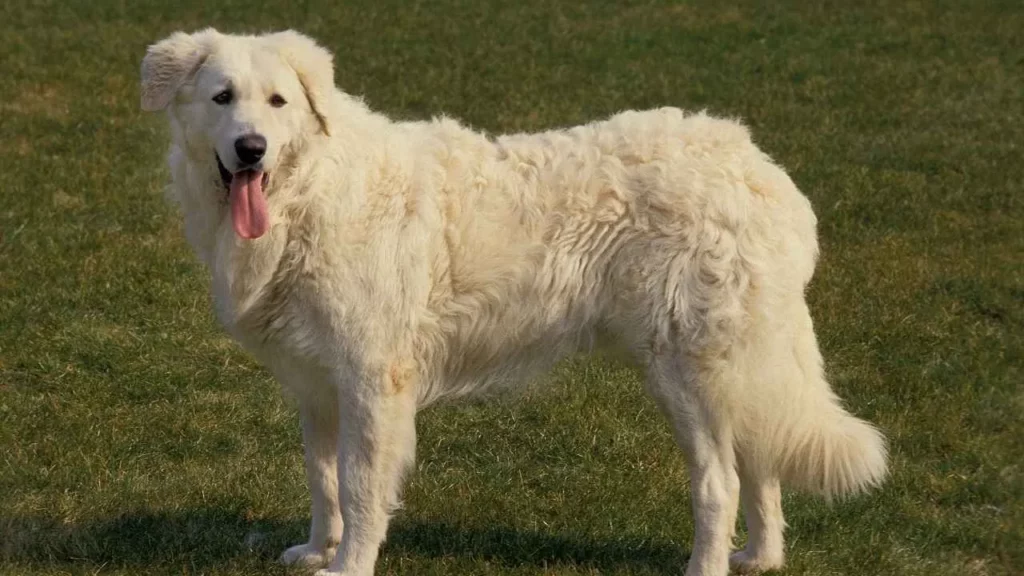
The Great Pyrenees has a double coat as well, often even more dense. Known for their fluffy fur, they experience heavy seasonal shedding and need daily brushing during this time.
Their self-cleaning fur can trap debris, but that doesn’t mean frequent baths are needed. Brushing not only maintains hygiene but also supports bonding between owners and pets.
Personality and Temperament
This dog is intelligent, fiercely independent, and possesses exceptional guarding instincts.
Though living with family members, especially children, they can be wary of strangers. This trait strengthens their role as protective dogs.
Early training and socialization are essential to prevent over-protectiveness.
The Great Pyrenees is known for its calm, composed, and nurturing temperament. This breed is among the most affectionate livestock guardian dog types. They are often referred to as gentle giants.
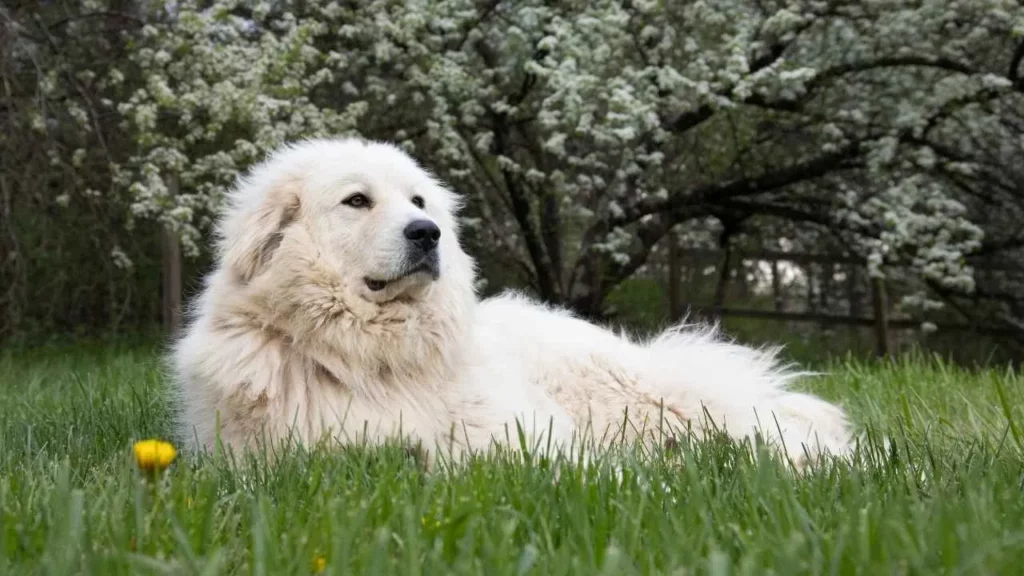
They are ideal for families looking for a dog that can both protect and play with kids and other dogs while showing deep loyalty and patience.
Relationship with Children
Kusavz dogs form strong bonds with children. Their playful nature is endearing, but their size and enthusiasm can be overwhelming, especially for small kids. Supervision is key, along with training them from an early age to be gentle during play.
The Great Pyrenees, true to their gentle giant reputation, are incredibly protective of their children. They often view kids as part of their herd or flock. These dogs ensure that kids are watched over carefully.
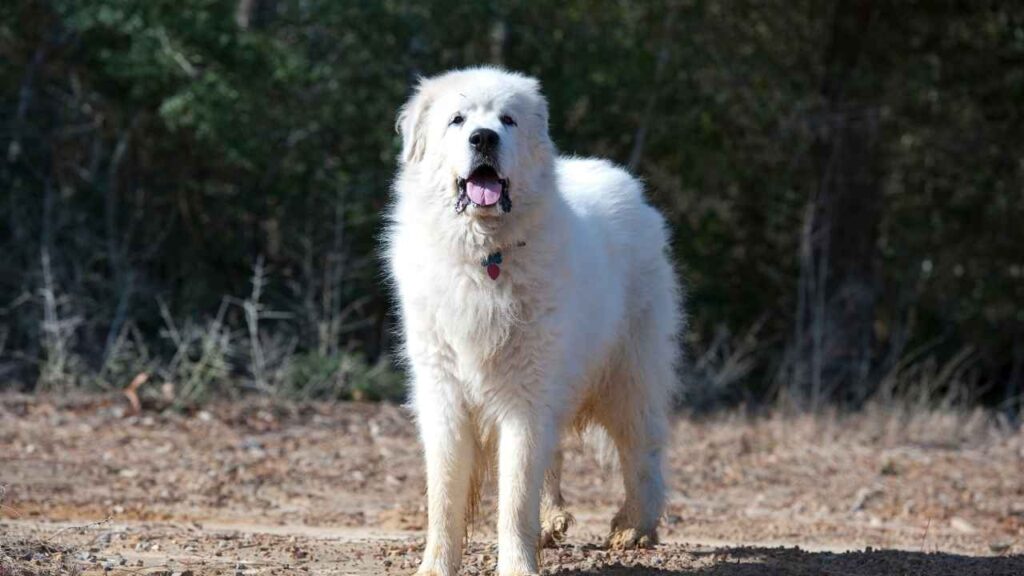
Their serene nature makes them natural protectors in a family environment.
Relationship with Other Pets
Kuvasz can co-exist with other pets, especially when raised alongside them. However, as one of the more independent and strong-willed dog breeds, they may exhibit prey drive toward smaller animals like cats or squirrels.
Ongoing training and a positive environment help curb this tendency.
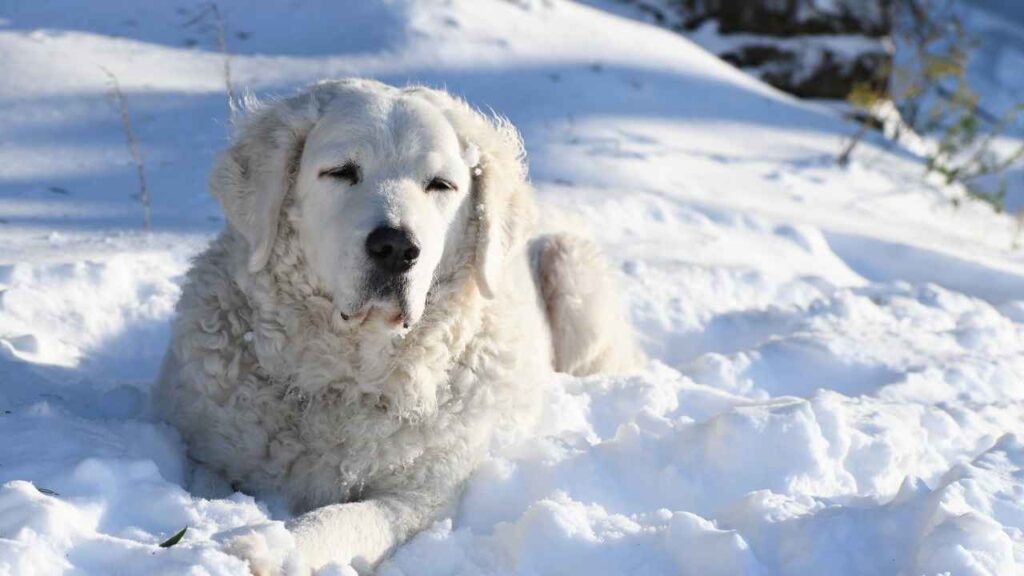
The Great Pyrenees is generally more accepting of other dogs and pets. Due to their origins in the Pyrenees Mountains, where they worked closely with diverse animals such as sheep, goats, and even chickens, they are more adaptable, according to the National Pyr Rescue.
These protective and loving companions easily integrate into multi-pet homes.
Common Health Issues
For the Kuvasz, health issues such as hip and elbow dysplasia can affect mobility. Gastric dilatation-volvulus, or bloat, is also a concern. Their condition can be life-threatening and needs immediate veterinary attention.
Feeding them small, consistent meals and avoiding exercise post-mealtime can help prevent it.
The Great Pyrenees face similar risks, including joint conditions and eye problems like cataracts. They may also develop luxation and entroption.
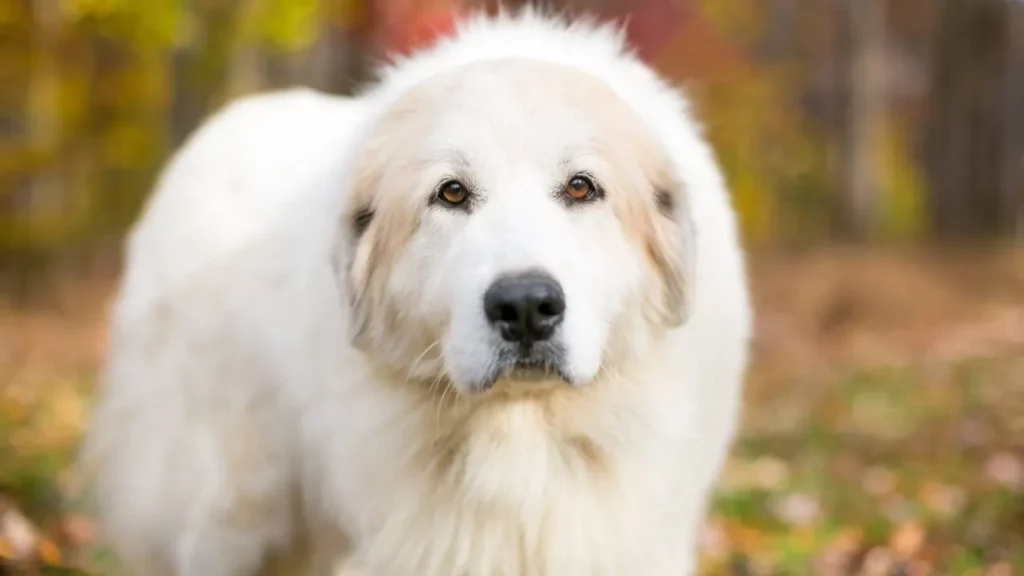
Monitoring their diet is critical, as they are prone to overeating. Nevertheless, both breeds are resilient working dogs that, with good care, live fulfilling lives.
Which Is Better for You?
The decision between the Great Pyrenees vs Kuvasz, which guards livestock better, depends on your setting and preference. If you need a highly vigilant, physically imposing guard dog with endurance and trainability, the Kuvasz might suit you.
Their ability to guard vast spaces and adapt to harsh weather makes them ideal for larger rural environments.
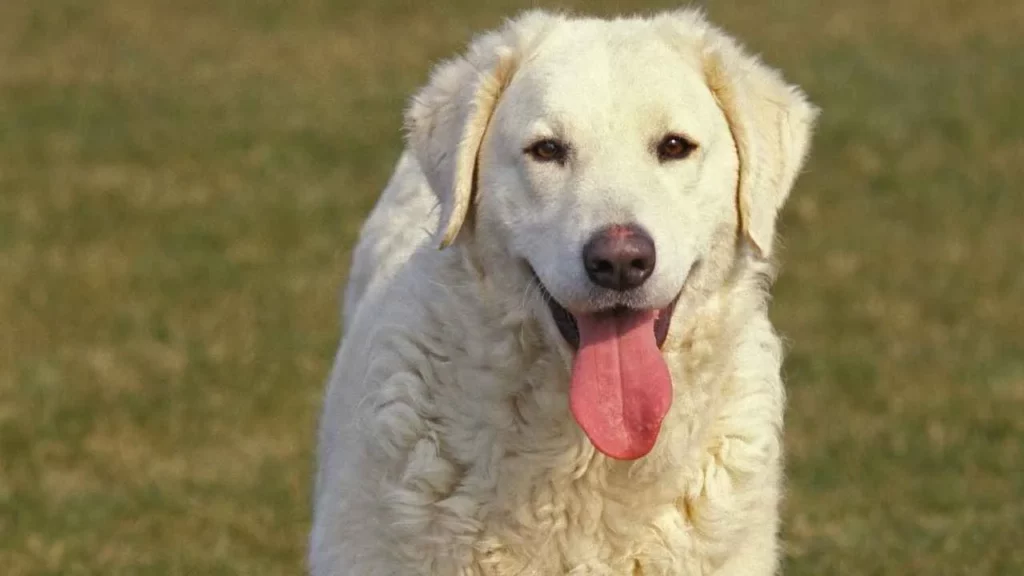
On the other hand, if you are looking for a calm, consistent, and affectionate livestock guardian dog that doubles as a family companion, the Great Pyrenees is an excellent choice.
Their balanced mix of protective instinct and tolerance makes them beloved among farmers and suburban families alike.
Conclusion
Both the Kuvasz and Great Pyrenees are outstanding examples of livestock guardian dog excellence. Each dog carries the legacy of centuries-old herding breeds used to guard and nurture livestock, sheep, and goats.
While the Kuvasz excels with energy, strength, and a fierce independent streak, the Great Pyrenees brings a calm, thoughtful demeanor and unmatched patience.
You can choose the bold confidence of Kuvasz or the serene might of the Great Pyrenees. Whichever you opt, you’ll be bringing more than just a dog; you’ll be welcoming a loyal companion, a steadfast protector, and a devoted member of the family.
Whether you choose Kuvasz or Great Pyrenees, you can rest assured that your livestock, pups, and home will be guarded with heart courage.


